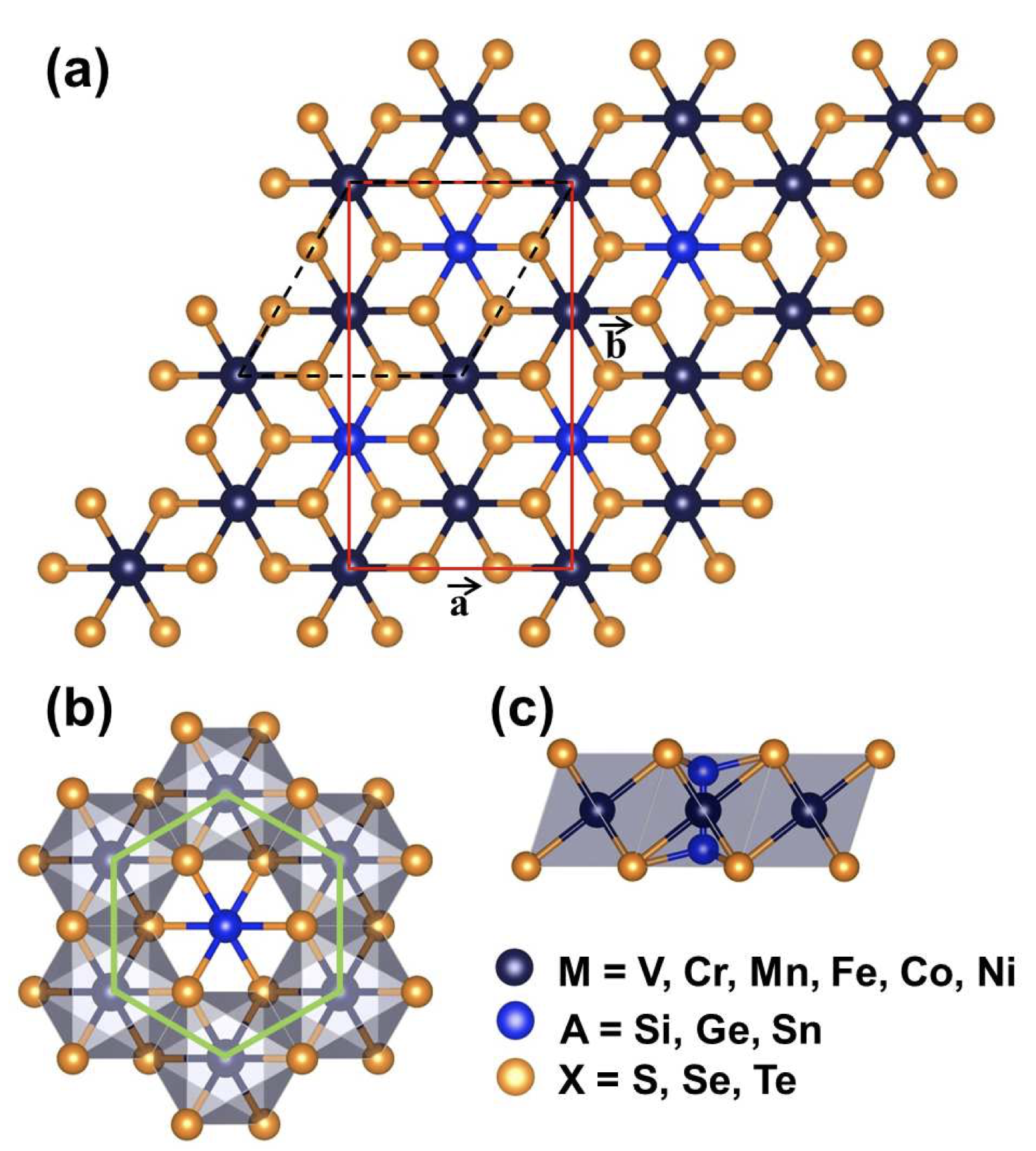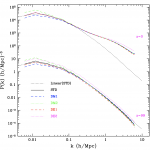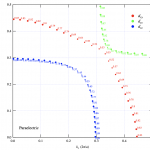Published 20 February 2020.
Bheema Lingam Chittari, Dongkyu Lee, Nepal Banerjee, Allan H. MacDonald, Euyheon Hwang, and Jeil Jung
Physical Review B 101, 085415 (February 2020)
Abstract
We present a density functional theory study of the carrier-density and strain dependence of magnetic order in two-dimensional (2D) MAX3(M = V, Cr, Mn, Fe, Co, Ni; A = Si, Ge, Sn; and X = S, Se, Te) transition metal trichalcogenides. Our ab initio calculations show that this class of compounds includes wide and narrow gap semiconductors, metals, and half-metals, and that most of these compounds are magnetic. Although antiferromagnetic order is most common, ferromagnetism is predicted in MSiSe3 for M = Mn and Ni; in MSiTe3 for M = V and Ni; in MnGeSe3; MGeTe3 for M= Cr, Mn, and Ni; in FeSnS3; and in MSnTe3 for M = V, Mn, and Fe. Among these compounds CrGeTe3,VSnTe3, and CrSnTe3 are ferromagnetic semiconductors. Our calculations suggest that the competition between antiferromagnetic and ferromagnetic order can be substantially altered by strain engineering, and in the semiconductor case also by gating. The associated critical temperatures can be enhanced by means of carrier doping and strains.


